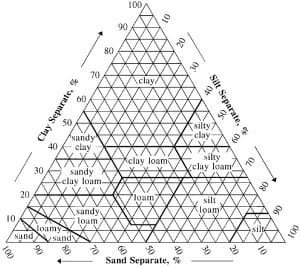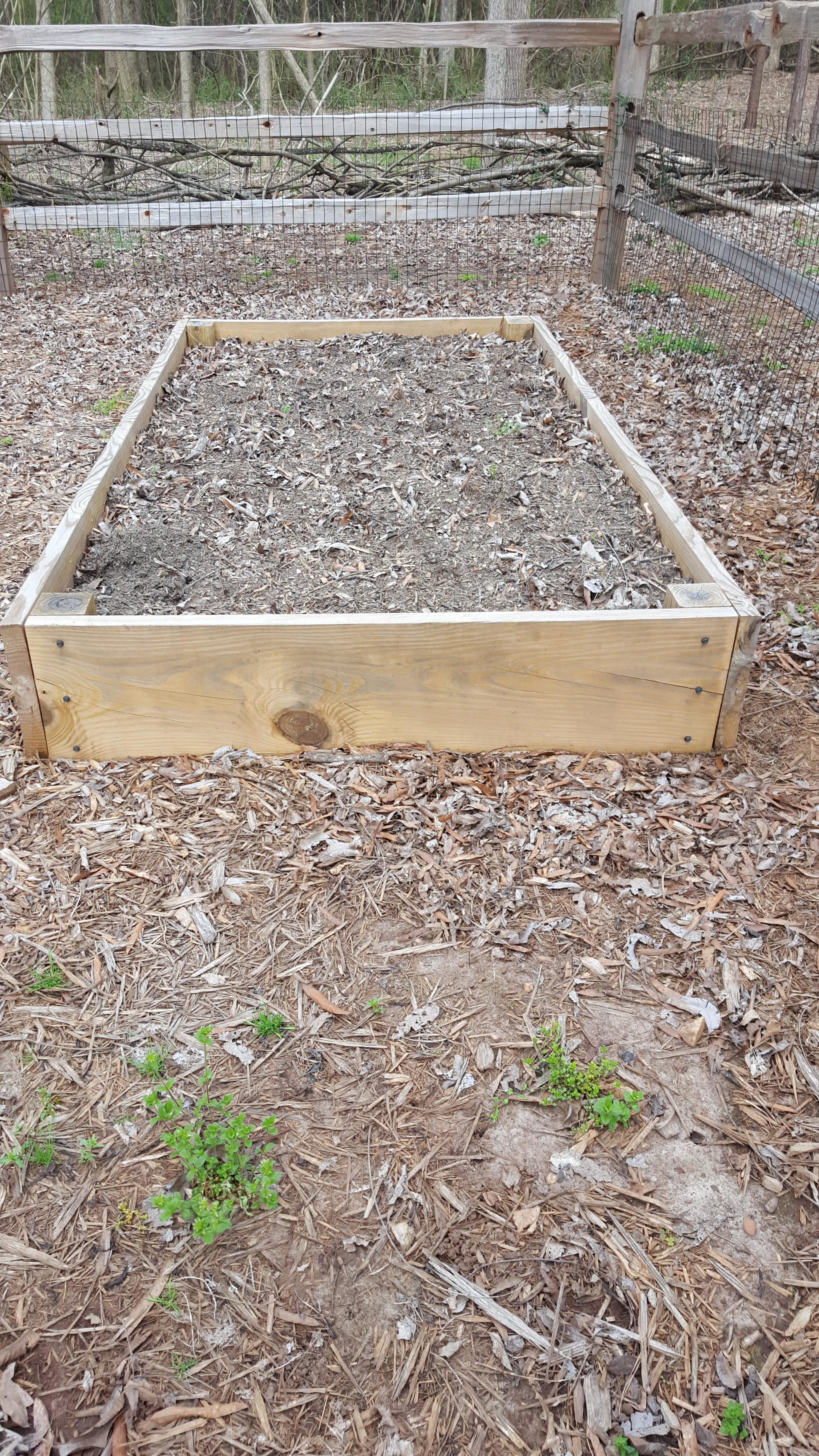For our first blog post on soil health we are going back to basics: soil texture. Knowing what soil texture we have will allow us to work towards improving it for our use.
Soil scientists tell us that the texture of soil is based on the proportions of sand, silt, and clay:
- Sand: particles with diameters from 0.05 to 2.0 mm. They are the largest of the soil particle types. Soils high in sand drain well. However, they do not hold nutrients well and are not very fertile.
- Silt: particles with diameters from 0.002 to 0.05 mm. These are the medium sized particles. These soils hold water and nutrients well and are considered fertile.
- Clay: particles with diameters less than 0.002 mm. These are the smallest of the soil particles. Clay soils hold water and nutrients well. However, these soils have small pore spaces and show poor water drainage. Soils high in clay can form hard clumps when they are dry and become slick when wet.
Web Soil Survey Tool
The United States Department of Agriculture’s Natural Resources Conservation Service (NRCS) has done extensive research on soil and has actually mapped the soil texture. They have developed a wonderful computer tool useful in determining soil texture for a specific location. The Web Soil Survey allows you to find out your soil textural class at your garden. The website has easy to follow instructions and it can be as simple as typing in your garden address.
When typing in my home address I find that the native soil at my garden is sandy, clay loam. Connecting the lines on the soil texture triangle below, I learn that my soil is about 60% sand, 30% clay, and 10% silt. That surprises me. I would have guessed higher in clay particles.

By using other tabs on the computer program I can see how the NRCS views the properties of this type of soil. I encourage you to visit the website and play with the computer program. What did you find out about your soil texture?
- ParSLAY the Day! - June 12, 2024
- 6th Annual Great Southeast Pollinator Census - May 28, 2024
- Are you ready for Pepper Palooza? - July 5, 2023

A great resource! Thanks for sharing!